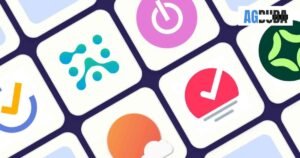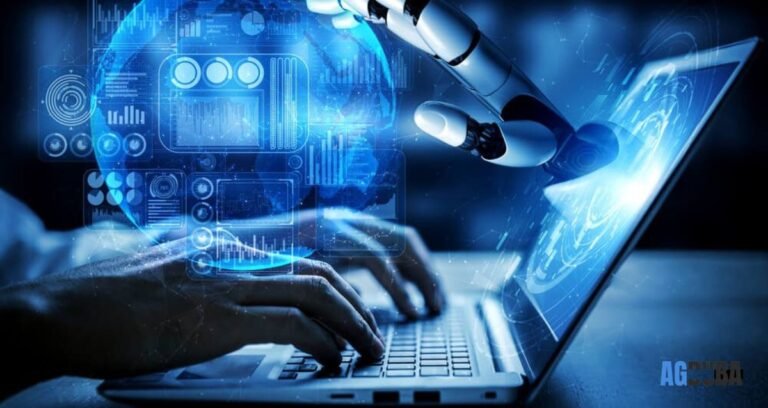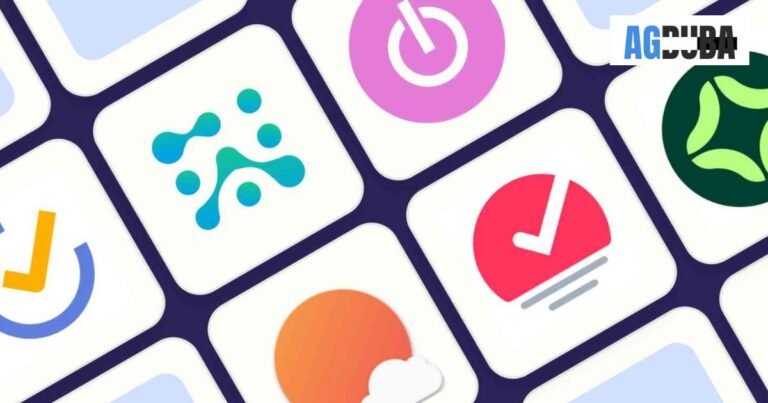AI-Driven Personal Assistants are transforming how we manage daily tasks, offering advanced support, smart automation, and personalized interactions for greater productivity. These intelligent assistants leverage artificial intelligence to learn, adapt, and respond to user needs, shaping a future where routine tasks are seamlessly handled. This guide explores everything you need to know about AI-driven personal assistants—from their core functionalities to how they work, popular examples, and the incredible potential they bring to businesses and personal lives.
What Are AI-Driven Personal Assistants?
AI-Driven Personal Assistants are software applications powered by artificial intelligence designed to perform various tasks, such as setting reminders, answering questions, managing schedules, and even controlling smart home devices. Unlike traditional software, these assistants learn from interactions, making them increasingly effective and tailored to individual user preferences over time.
These virtual assistants use natural language processing (NLP) and machine learning algorithms to interpret and respond to spoken or typed commands. With a combination of voice recognition, contextual understanding, and predictive analytics, they deliver precise, user-centered experiences.
Core Capabilities of AI-Driven Personal Assistants
AI-driven personal assistants have distinct capabilities that differentiate them from basic digital tools. Here are a few key areas in which they excel:
- Task Management: From managing calendars to organizing to-do lists, AI-driven assistants streamline daily activities.
- Smart Home Control: Connects with IoT (Internet of Things) devices, enabling users to control appliances, lights, security systems, and more.
- Information Retrieval: Offers quick access to online information, such as weather updates, news, and personalized recommendations.
- Communication Assistance: Assists with sending messages, making calls, and scheduling meetings.
- Routine Automation: Executes multi-step tasks based on user preferences, saving significant time.
How Do AI-Driven Personal Assistants Work?
The operation of AI-driven personal assistants involves a blend of NLP, machine learning (ML), and artificial intelligence (AI) algorithms. Here’s how these core technologies contribute to a seamless user experience:
- Voice Recognition: Recognizes the user’s voice to interpret the command accurately.
- Natural Language Processing (NLP): Analyzes and understands human language, enabling the assistant to respond in a conversational manner.
- Machine Learning: Learns user preferences and behaviors over time, making recommendations and predictions more personalized.
- Contextual Awareness: Some assistants can recognize situational context, adapting their responses based on past interactions and immediate needs.
- Cloud Integration: Accesses data stored on the cloud for continual learning, updating features, and performing tasks with efficiency.
Popular Examples of AI-Driven Personal Assistants
- Amazon Alexa: Known for smart home control and seamless integration with Amazon products.
- Apple’s Siri: Integrates deeply with iOS devices and offers extensive app support.
- Google Assistant: Provides comprehensive search functionality, contextual understanding, and personalized suggestions.
- Microsoft Cortana: Ideal for business environments with integration into Windows and Microsoft Office.
- Samsung Bixby: Focuses on device customization and is optimized for Samsung’s ecosystem.
Each of these AI-driven assistants has unique features, but they all aim to enhance the user experience by automating routine tasks, answering queries, and providing convenient, voice-activated solutions.
Benefits of AI-Driven Personal Assistants
The value of these intelligent assistants lies in their ability to simplify complex workflows, reduce time on repetitive tasks, and enable greater personalization. Here are some notable advantages:
- Time Efficiency: Automates mundane tasks, allowing users to focus on more critical activities.
- Productivity Boost: Acts as a digital “second brain,” keeping track of appointments, deadlines, and to-do lists.
- Enhanced User Experience: Understands user preferences, tailoring suggestions and responses.
- Improved Accessibility: Especially beneficial for users with disabilities, as voice-activated commands make technology more inclusive.
- Cost Savings for Businesses: AI assistants in customer service and IT support reduce the need for extensive human resources.
Challenges and Considerations
While AI-driven personal assistants offer numerous advantages, certain challenges persist:
- Privacy Concerns: User data, including personal preferences and routines, is stored in the cloud, raising potential privacy risks.
- Language and Accent Limitations: NLP technology can still struggle with different languages, dialects, and accents.
- Dependency on Internet Connectivity: Most AI-driven assistants rely on internet access to function effectively, which may limit usability in certain scenarios.
Future Potential of AI-Driven Personal Assistants
AI-driven personal assistants continue to advance, integrating deeper with smart environments and digital ecosystems. Here are a few predicted trends:
- Improved Emotional Intelligence: Future assistants will likely interpret user emotions, adjusting responses to match tone or mood.
- Expanded Smart Home Integration: AI assistants will control an even broader range of smart home devices, achieving greater automation.
- Multi-Language Proficiency: Expect more seamless handling of multilingual users and a better understanding of complex languages.
- Increased Security Features: More emphasis will be placed on data protection, encryption, and user control over privacy settings.
Top Use Cases for AI-Driven Personal Assistants
AI-driven personal assistants are highly versatile. Here are common applications across various sectors:
- Home Automation: Users can control everything from lights to locks with a voice command.
- Healthcare Support: Tracks health data, sends medication reminders, and assists with mental wellness.
- Customer Service: AI chatbots assist with common inquiries, enhancing user engagement and satisfaction.
- Education: Offers personalized learning, answering students’ questions, and recommending resources.
- Enterprise Productivity: Schedules meetings, manages calendars, and automates workflow processes in corporate settings.
How to Choose the Right AI-Driven Personal Assistant
When selecting an AI-driven personal assistant, consider the following:
- Compatibility: Ensure the assistant integrates well with your devices and systems.
- Specific Needs: Identify your primary use case—whether for work, personal life, or smart home control.
- Privacy Settings: Choose assistants that prioritize data security, especially if privacy is a concern.
- Language Support: For multilingual users, ensure the assistant supports preferred languages fluently.
AI-Driven Personal Assistants: Enhancing Human Potential
In conclusion, AI-driven personal assistants are reshaping modern life, introducing levels of efficiency, convenience, and customization that were unimaginable just a decade ago. As these digital companions grow more capable, they stand to redefine personal and professional productivity, empowering users to manage their routines with ease. As AI technology advances, these assistants will play an even larger role in creating a world where technology truly adapts to human needs.
FAQs
What are AI-driven personal assistants?
AI-driven personal assistants are advanced software programs that perform tasks like setting reminders, managing calendars, and providing personalized support through AI.
How do AI-driven personal assistants improve productivity?
These assistants automate routine tasks, manage schedules, and personalize user experiences, freeing up time for more significant tasks.
Are AI-driven personal assistants secure?
While most assistants use encryption and data protection measures, privacy settings vary. Users should review privacy policies carefully.
What are the popular AI-driven personal assistants?
Some popular options include Amazon Alexa, Google Assistant, Apple’s Siri, and Microsoft Cortana.
Can AI-driven personal assistants control smart home devices?
Yes, many AI-driven assistants can manage IoT-enabled devices, offering hands-free control over home environments.
How are AI-driven personal assistants expected to evolve?
Future developments may include emotional intelligence, better language processing, and enhanced security features.












